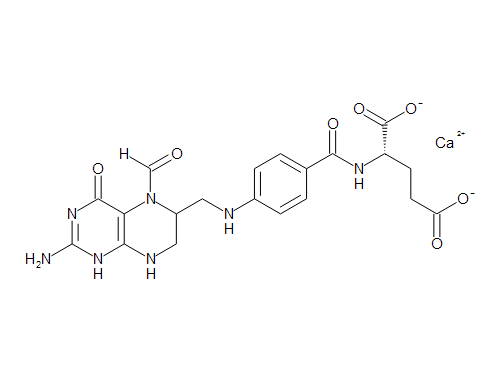Ask a physician what the hormone vasopressin is good for, and she will explain that it regulates the volume of water in your body and also affects blood pressure. But since the 1990s, vasopressin has
been a hot topic in a very different field: social behavior. And recently it has emerged as a possible target for treating autism spectrum disorders (ASD), which are characterized by social, behavioral and communication impairments. The research is still in early stages, however, and has yielded more questions than answers.
Given that one out of 68 children in the U.S. has an autism spectrum disorder, researchers are scrambling to figure out what in the brain might be related to the symptoms, and how they might design an effective treatment. Vasopressin may be a key player in the disorder. But scientists do not yet know whether too much or too little of the hormone—or perhaps some combination of both—is tied to autism. New clinical trials may yield insights. “I think that the work is exciting and important” says Suma Jacob, who leads an autism research laboratory at the University of Minnesota. “I also think we still have a lot more work to do in this field as a whole.”
How vasopressin relates to autism
Previous research has shown that vasopressin, like the hormone oxytocin, is associated with parenting behavior and social bonding, including falling in love. In fact, the two hormones are structurally very similar, and there are receptors in the brain that interact with both of them. But high levels of vasopressin are also associated with anxiety and aggression. Intriguingly, some animal studies have found that higher levels of vasopressin increased aggression specifically in males. If the hormone is indeed treated differently by receptors in the male brain compared to those in the female brain, that’s all the more relevant for autism: nearly five times as many boys have autism compared to girls, according to the Centers for Disease Control and Prevention.
What’s more, vasopressin has also been linked to sensory processing in mammals. Vasopressin neurons in the olfactory system may modulate input, sending information about smells to behavioral areas of the brain. Other senses also show connections to vasopressin, though they have been less thoroughly studied. For instance, some research found that people who received intranasal vasopressin showed an improvement in auditory recall. In a review article published in Frontiers in Endocrinology, Janet Bester-Meredith of Seattle Pacific University and her colleagues explained that the effect probably stems from the hormone’s ability to increase arousal. “Vasopressin may be essential for integration of sensory input during complex forms of social behavior in mammals,” they wrote. This connection is relevant to autism because the condition can cause sensory overload and difficulty processing sensory information.
A study published in July in PLOS ONE, strengthens the theorized connection between vasopressin and autism. A team of Stanford University researchers compared the blood levels of vasopressin in children with autism, their siblings who don’t have autism, and a control group of unrelated children who do not have autism.
The study found varying vasopressin levels in all three groups, meaning vasopressin by itself does not determine autism. However, this biomarker did predict how well children in the autism group performed on a test of “Theory of Mind” – the ability to perceive the perspectives of others.
Specifically, autistic children with low vasopressin levels performed poorly on this test. In children without autism, low vasopressin levels were not linked to worse results….
Read the whole story at Scientific American






